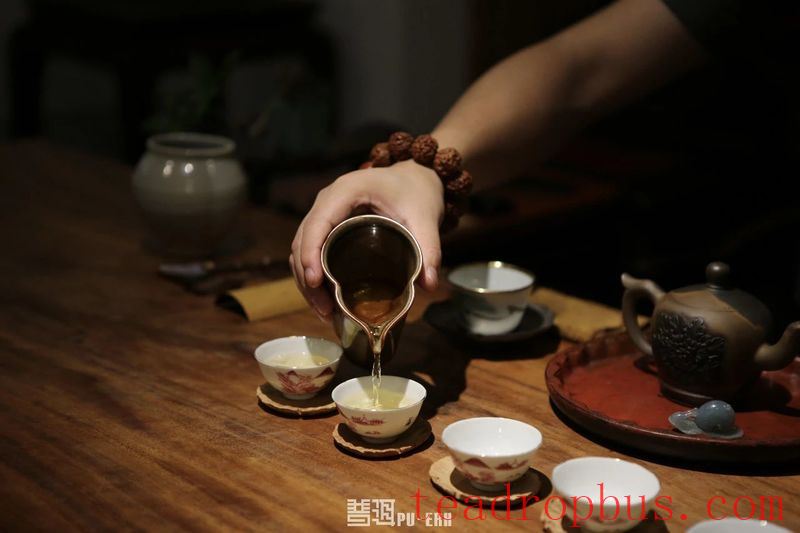
In ancient times, great generals traveling the world had their unique weapons, which they would display to make their presence known and show their prowess.
While we no longer live in an age of battles and storms, having a unique tool can still give us an edge in modern life. A photography app on your phone can instantly create stunning portraits; kitchen gadgets can make cooking and mixing a breeze…
And drinking Tea remains much the same. To enjoy a truly excellent cup of tea, one of the essential tools is a teapot, which helps bring out the best qualities of the tea leaves during brewing, providing a unique experience. Additionally, the pursuit of different types of Teapots has gradually evolved into a teapot culture, adding more joy to our tea-drinking lives.
However, with such a wide variety of teapots available on the market and differing opinions among people, let's take a look at how these magical teapots can become our brewing wonders.
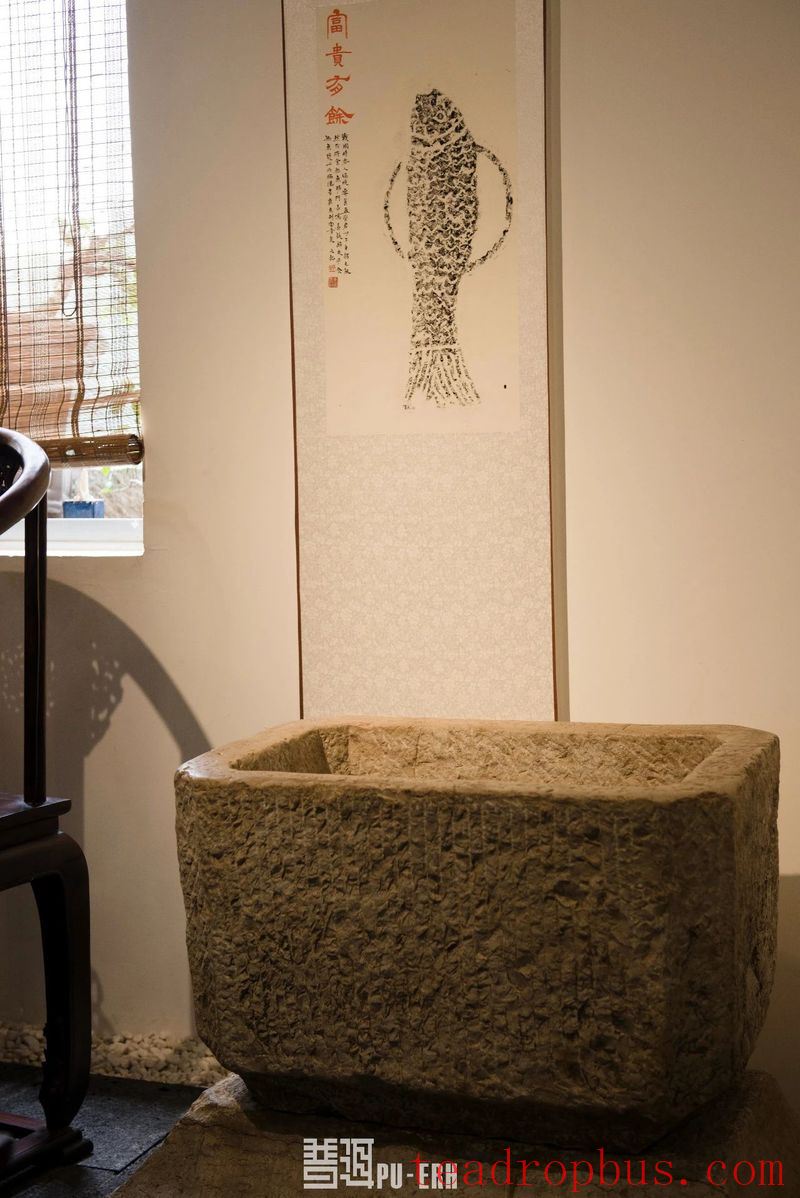
Purple Clay Teapot / The Most Famous Wonder
Mentioning teapots, most people think first of the prestigious and historically rich purple clay teapot. Purple clay teapots are outstanding representatives of ceramic tea ware and have been highly regarded since the Northern Song Dynasty.
Because purple clay teapots are fired at temperatures between 1000 and 1200 degrees Celsius, they have a dense texture but also contain microscopic pores that can absorb tea juice. Over time, the color of the teapot becomes more natural, and the tea brewed within imparts its flavor to the pot itself.
Care Instructions: Purple clay teapots are particularly sensitive to grease and unclean environments. If the body or lid accidentally slips and falls, it can easily break. Although they are valuable, newly purchased purple clay teapots should not be left unused as this will affect their appearance and value. Generally, those who understand purple clay teapots will tell you that their life lies within the sea of tea; without tea, the purple clay loses its luster. Therefore, nurturing the teapot with tea is the proper way to care for it.
If you have a new purple clay teapot, it is best to “open” it by separating the lid from the body and placing them in a pot of cold water, then boiling them gently for about an hour. This method involves separating the lid from the body and placing them in a pot of cold water, slowly heating them until they boil for approximately one hour. This process allows the teapot to release the earthy taste and impurities through thermal expansion and contraction.
When Drinking Tea, pour tea soup over the purple clay teapot, allowing the tea soup to evaporate due to the heat and be absorbed by the surface of the pot. Or, when cleaning the teapot and other tea ware daily, use the leftover tea leaves in the pot to rub the entire surface of the teapot, which not only removes residue but also gives the pot a glossy finish. With repeated tea infusions and cleanings, the purple clay teapot will become even more lustrous. Additionally, note that one teapot should be used for one type of tea, and mixing teas is not recommended as it can affect the taste.
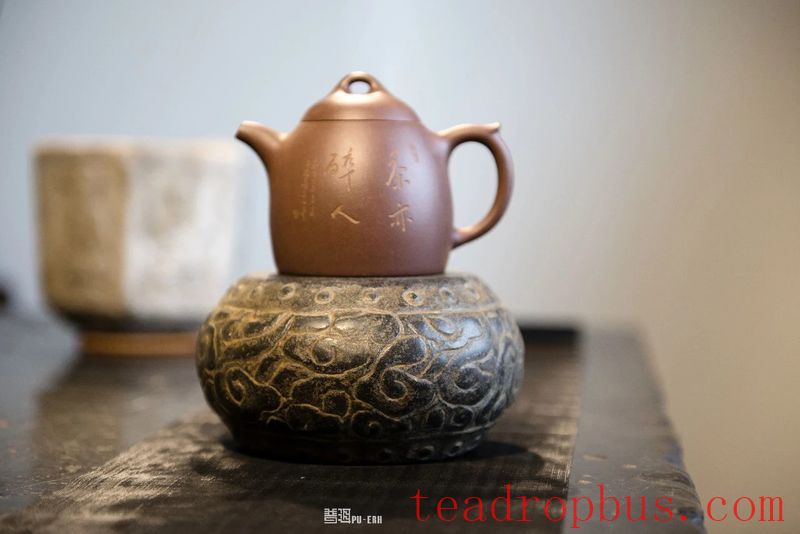
Glass Teapot / The Elegant and Transparent Wonder
In recent years, glass teapots have become popular among tea enthusiasts. This is partly due to the increasing interest in herb teas, fruit teas, and tea pastes, which are considered “novel” tea drinks.
For glass material, because it has no pores, it does not absorb the flavors of tea, making it very convenient for brewing various types of tea without mixing tastes. Especially when brewing “high-value” flower teas and fruit teas, the fully transparent quality allows one to appreciate the unfolding of flowers and fruits during the brewing process, giving it a strong artistic vibe. Similarly, when dissolving a piece of concentrated tea paste in a glass teapot, watching the tea color spread and blend beautifully into a rich brown-red hue can be a delightful experience. Placing a small candle under the teapot to maintain a gentle warmth further enhances the enjoyment of a healthy, leisurely moment.
The requirements for the shape of glass teapots on the market are not high, and they do not follow the strict designs of purple clay teapots and other types. However, the quality of a glass teapot is mainly determined by its material, which influences its price. Glass teapots on the market can be divided into heat-resistant and non-heat-resistant varieties. Non-heat-resistant glass can typically withstand temperatures ranging from -5 to 70 degrees Celsius, while heat-resistant glass can withstand temperatures up to 400 to 500 degrees Celsius and can handle sudden temperature changes from -30 to 160 degrees Celsius.
If you're considering purchasing a glass teapot, it's recommended to buy a high-borosilicate glass teapot that is heat-resistant and lightweight, as some teas do not require extremely hot water for brewing. However, a glass teapot can also be used as a tool for boiling tea, which requires higher temperatures.
Note: If purchasing a heat-resistant glass teapot, it should come with appropriate labels indicating the usage temperature and range. If the price is low for a teapot claimed to be heat-resistant and capable of handling high temperatures, consider its authenticity.
Care Instructions: Before using for the first time, wash the teapot with vinegar or lemon juice. After brewing tea, rinse it with warm water, then invert it onto a clean cloth to let the water drain naturally and dry, avoiding water marks. If the teapot is not going to be used for a long time, avoid storing it upside down in a cabinet, as this can trap stale or unpleasant odors inside.
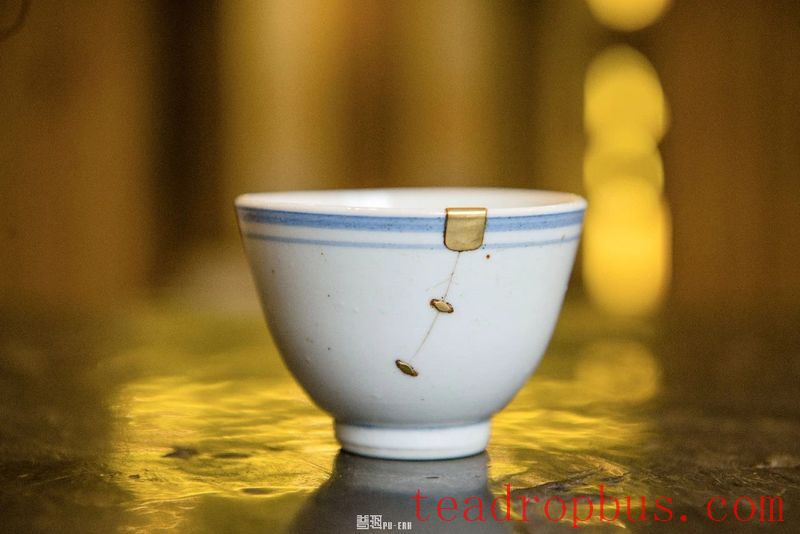
Silver Teapot / The Luxurious and Elegant Wonder
Metal is a symbol of strength and durability, and silver teapots are one example in tea ware. Pure silver handmade silver teapots are not only exquisitely crafted but also shine brilliantly, reflecting a luxurious and elegant style. They exhibit both the opulence of precious metals and high artistic value. Historically, these rare metal teapots were often custom-made for royalty, and the traditional craftsmanship is fully embodied in silver teapots, making them a particularly unique category of tea ware.
In terms of functionality, silver teapots release silver ions, which have antibacterial properties. According to studies, just one part per billion of silver ions in a liter of water is enough to prevent bacterial growth. Water stored in a silver teapot can remain fresh for months. Silver ions can kill over sixty types of harmful bacteria and help the body detoxify, improve metabolism, and enhance resistance to diseases. Silver ions can also balance the central nervous system, promoting clear thinking and relaxation. Moreover, utilizing the conductive properties of silver can quickly improve blood circulation and alleviate localized pain, effectively treating various illnesses in areas where the body accumulates heat and electricity, such as the brain, joints, and organs.
Using a silver teapot to boil water can soften and refine the water quality, achieving what the ancients described as “silk-like water,” indicating a soft and smooth water quality like silk. Additionally, silver teapots themselves are clean and odorless, and their stable thermodynamic properties prevent rust, so they won't impart any unwanted flavors when used to brew tea.
Care Instructions: After each use, wipe away moisture and gently polish with a soft, dry cloth. Over time, silver teapots may darken, which is a sign of high silver purity and does not affect normal use. If discoloration occurs or there is dirt buildup during use, gently polish with a silver polishing cloth or silver powder. However, because silver is soft, if it is squeezed or hit by hard objects, it can deform or get scratched, so extra care should be taken when maintaining it.
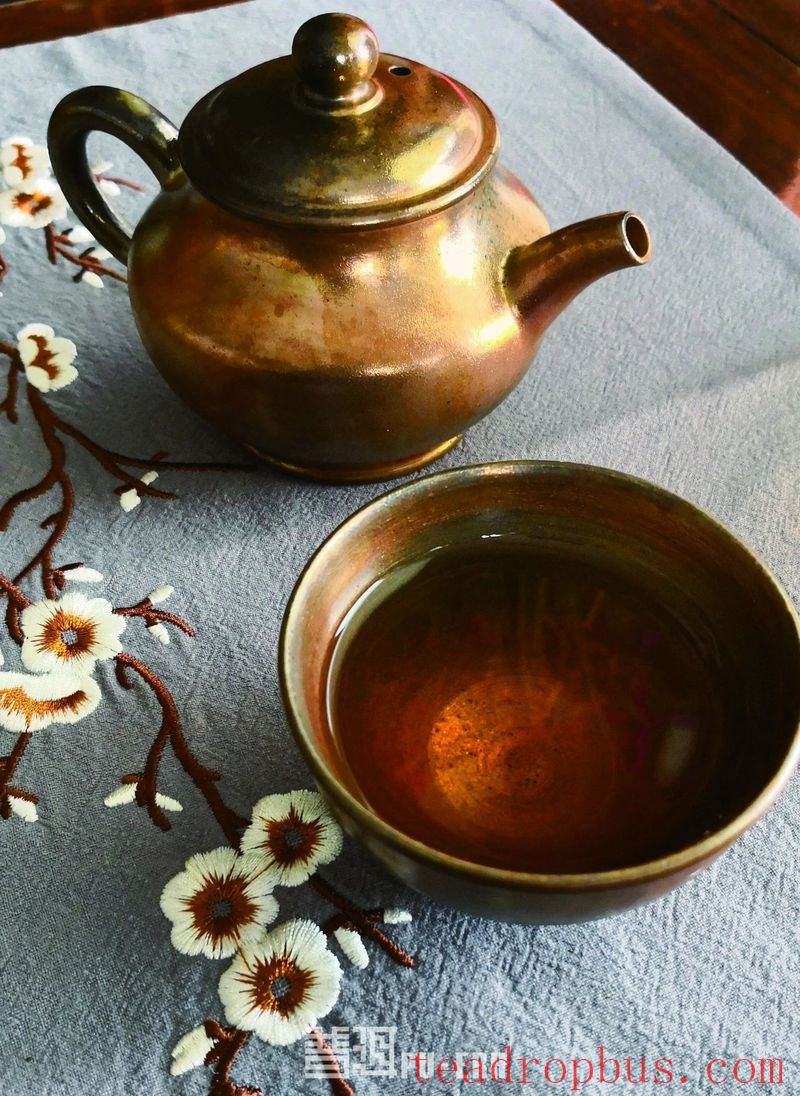
Cast Iron Teapot / The Artistic and Healthful Wonder
The culture of iron teapots first became popular in Japan, dating back to the Edo period, several hundred years ago. Nowadays, they are gaining popularity in the domestic market. Cast iron teapots available on the market include imports from Japan as well as those made in Taiwan or mainland China. Most cast iron teapots feature traditional Japanese patterns such as small grids, dragon scales, lines, and cherry blossoms